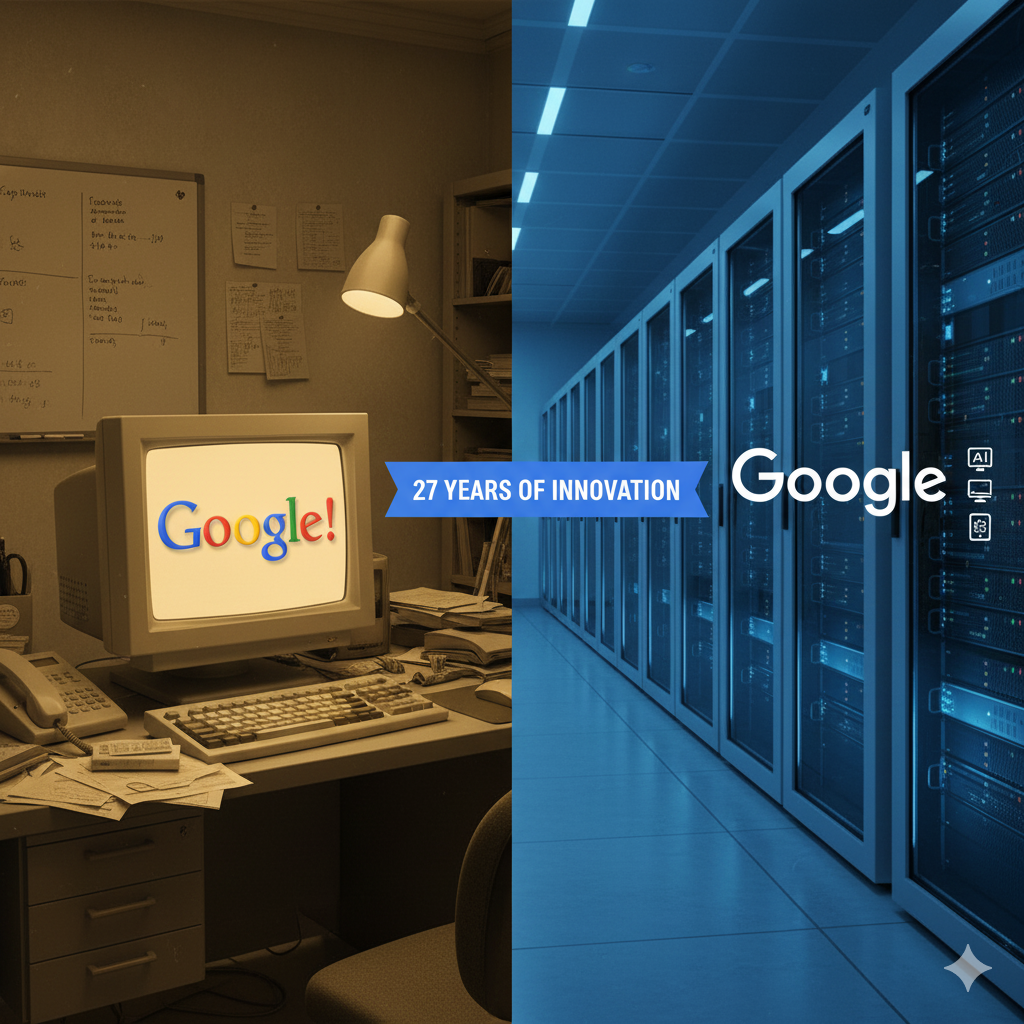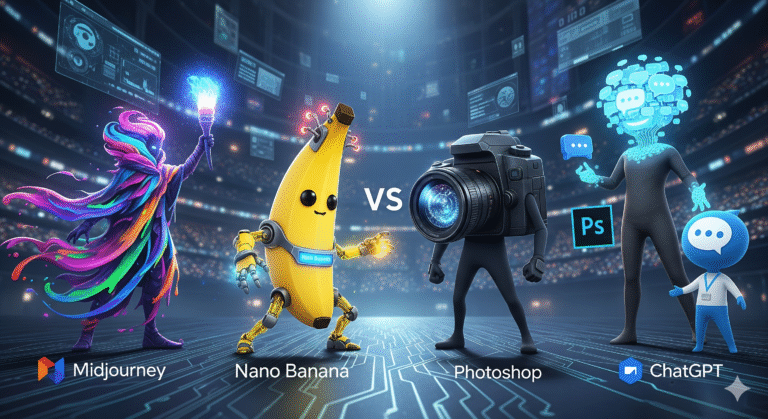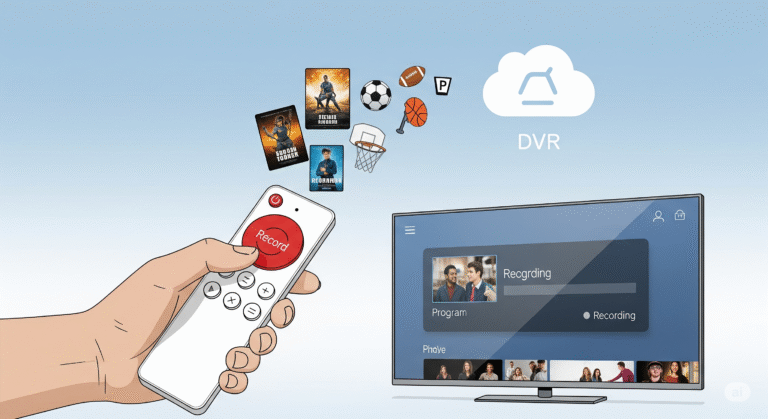Happy 27th Birthday, Google! Unpacking the Nostalgia and Enduring Legacy of the Original 1998 Logo
Table of Contents
Take a moment and remember the sound of dial-up. Remember the internet as a wild, untamed frontier—a vast library with no index. For many of us, the year 1998 was a pivot point—the moment a simple, colorful wordmark appeared on our screens, promising to make sense of the digital chaos. You didn’t know it then, but this fledgling company, with its brightly colored, slightly-off-kilter logo, would become the verb for “to search” and the backbone of your entire digital existence.
Today, as Google celebrates its 27th birthday by reviving that original 1998 logo as a Doodle, you are invited back to that moment of pure potential. It’s not just a celebration of a monolithic corporation; it’s a celebration of how far you have come as a user, a consumer of information, and a participant in the digital world. The nostalgic image of that vintage logo serves as a powerful reminder of the enduring success that can grow from a simple, ambitious idea conceived in a California garage.
The Birth of a Giant: Why Google Celebrates its 27th Birthday on September 27th
When you think of the internet, you likely think of Google. Yet, the story of its beginning is rooted in academic research and a touch of corporate myth-making. As the company marks its 27th birthday in 2025, the date itself requires a small explanation.
The True Launch Date Mystery
Many people assume the company’s official incorporation date is the birthday. While that day—September 4, 1998—holds legal significance, Google has instead chosen a symbolic anniversary: September 27th.
- September 4, 1998: The day Google Inc. was officially incorporated after receiving a $100,000 investment from Sun Microsystems co-founder Andy Bechtolsheim. This is the legal start.
- September 27th (Since 2006): This date was chosen to commemorate a major, record-setting milestone in the growth of Google’s search index, signifying the platform’s rapid, explosive expansion and dominance. It became the settled date for public celebration and the iconic birthday Doodle.
This deliberate choice to celebrate a functional milestone over a bureaucratic one perfectly encapsulates the ambitious spirit of co-founders Larry Page and Sergey Brin. Their primary focus was always on utility, scale, and the audacious mission to organize the world’s information and make it universally accessible and useful.
From BackRub to Google: The Origin Story
Before you could say, “Just Google it,” the technology had a very different, far less catchy name.
| Feature | 1996 Project Name | 1997 Brand Name | Significance |
| Name | BackRub | The original name referenced analyzing “backlinks” (the incoming links to a page) to gauge importance. | |
| Inspiration | Backlink Analysis | Googol (1 followed by 100 zeros, or 10100) | The name was a playful misspelling of the mathematical term, which aptly symbolized the sheer, seemingly infinite volume of information the search engine intended to handle. |
| Location | Stanford Dorm Rooms | Susan Wojcicki’s Menlo Park Garage | The classic Silicon Valley humble beginning. |
Export to Sheets
The transition from a clunky project name to a fun, memorable word born from a happy typo is a reflection of the company’s blend of serious technology and playful corporate culture.
The 1998 Logo: A Design That Defined the Digital Frontier
The resurgence of the vintage 1998 logo for Google’s 27th birthday is a visual feast of 90s digital aesthetics. If you logged on in those early days, this logo was your guide into the wild west of the web.
The DIY Creation and The Exclamation Mark
The original logo was not the product of a high-priced design agency. Instead, co-founder Sergey Brin created the earliest version using GIMP, a free graphics software.
The resulting design, which featured a drop shadow and a serif typeface (often cited as the Catull font in its 1999 revision), felt both academic and slightly rebellious. What really sets it apart from the modern wordmark is the punctuation.
- Key Design Elements of the 1998 Logo:
- Serif Typography: Used a bold, traditional typeface that contrasted with the futuristic nature of the search engine itself.
- 3D Effect: A subtle drop shadow added depth, a popular trend in 1990s digital design.
- The Exclamation Mark (!): A clear nod to the established internet portal of the time, Yahoo!, signifying that Google was playing in the same league.
The Rule-Breaking Color Scheme
While the modern logo is known for its clean, flat colors, the original color pattern held a special meaning. The sequence of blue, red, yellow, and green was deliberately organized to make a statement.
As designer Ruth Kedar (who finalized the logo shortly after 1998) stated, the founders opted for a specific placement of a secondary color (green) on the letter ‘L’ rather than adhering strictly to the primary color pattern. This small deviation was intentional: it was a subtle, visual way of announcing to the world that Google doesn’t follow the rules. It conveyed that this new engine would be different, unconventional, and a disruptor.
| Feature | 1998 Logo | 2025 Logo (Current) | Significance |
| Font Style | Serif (Catull-based) | Sans-serif (Product Sans) | Reflects the move from print-era inspiration to digital-first, universal legibility. |
| Visual Style | Drop Shadow, 3D effect | Flat, 2D | Streamlined for modern, responsive, mobile-first platforms and quick rendering. |
| Punctuation | Exclamation Mark (!) | None | Shedding the expressive 90s exuberance for corporate maturity and simplicity. |
Export to Sheets
Key Milestones in Google’s 27-Year History (1998-2025)
Your relationship with Google is not limited to the search box; it’s woven into your daily life through numerous tools and platforms. As we look beyond the retro logo, the company’s growth defines the evolution of the modern internet.
The Era of Dominance (2000-2010)
This period saw Google build the financial and technological engine that would fuel its global expansion.
- 2000: AdWords Launched. This advertising platform, now known as Google Ads, provided the scalable, text-based advertising model that became the financial backbone of the entire company.
- 2004: Gmail Arrives. At a time when free email accounts offered minimal storage (a few megabytes), Google launched Gmail with a whopping 1GB of free storage, instantly revolutionizing user expectations for web services.
- 2006: YouTube Acquisition. By purchasing the nascent video platform for $1.65 billion, Google secured its dominance in video content, creating a media powerhouse alongside its search engine.
The Age of Ecosystems and AI (2015-2025)
The modern era is defined by Google’s shift from a search provider to a comprehensive digital ecosystem, with a current, aggressive focus on Artificial Intelligence.
- 2015: Formation of Alphabet Inc. To manage its sprawling projects (including self-driving cars and life sciences), Google reorganized under the parent holding company, Alphabet. This allowed the core Google search and ads business to remain focused while incubating ‘other bets.’
- 2016: The Hardware Push. With the launch of the Pixel phone and Google Home, the company fully embraced hardware, aiming to integrate its software and search capabilities directly into your physical devices.
- 2023/2024: The Gemini Consolidation. In response to the rapid rise of Generative AI, Google rapidly consolidated its AI models and products under the powerful Gemini brand. This marks the next major evolutionary phase, moving beyond simply indexing the web to actively generating and summarizing information for you.
With over 89% of the global search market share in 2025, Google’s platform now processes over 13.6 billion searches daily—a mind-boggling scale that fulfills the original “googol” ambition.
The Nostalgia of the Doodle: Google’s Unique Way to Celebrate
The Doodle for Google’s 27th birthday is perhaps the most personal and unique aspect of the celebration. These temporary logo changes are much more than graphic design—they are a cultural touchstone that makes a corporate giant feel accessible.
The First Doodle: An Out-of-Office Message
The tradition of the Doodle started in 1998, a necessity born out of a vacation.
- The Burning Man Doodle: Larry Page and Sergey Brin placed a simple stick-figure drawing behind the logo to signify they were “out of office” at the Burning Man festival. This was their whimsical way of letting users know that if the servers crashed, no one was around to fix them!
- Evolving Engagement: From that simple stick figure, the Doodles have grown into elaborate, interactive games and regional artwork, celebrating everything from the birth of the zipper to the birthdays of scientists and artists.
The use of the vintage logo for this anniversary is a deliberate play on nostalgia. It is an acknowledgment that your journey with the company is worth remembering, inviting you to reflect on your own first interaction with the internet, tying your personal digital history to the company’s corporate timeline. It humanizes the technology that has become such an integral part of your life.
Conclusion
The celebration of Google’s 27th Birthday is more than just a passing news item; it’s a moment of reflection on the internet itself. By flashing the original 1998 logo—with its quirky punctuation and blocky serifs—Google reminds you that every global powerhouse starts with a humble, slightly awkward, but deeply ambitious beginning.
The core mission set forth by Larry Page and Sergey Brin remains the driving force: to organize the world’s information. That purpose continues to propel the company forward, whether it’s through simple web links or the complex neural networks of its latest AI. As you close this article and likely navigate straight back to the search bar, that vintage logo serves as a powerful bookmark for the incredible, ongoing journey that started 27 years ago.
Ready to explore the history firsthand?
- Scroll back through the official Google Doodle archives to experience previous birthday celebrations and see how the logo truly evolved.
Frequently Asked Questions (FAQ)
Why does Google celebrate its 27th Birthday on September 27th instead of another day?
While the company was officially incorporated on September 4, 1998, Google chose September 27th as its celebratory date. This day is symbolic, chosen in the early 2000s to mark an internal, record-setting milestone in the sheer volume of web pages indexed, which cemented its position as the top search engine.
Who designed the original 1998 Google logo?
The earliest official logo, with the exclamation point, was created by Google co-founder Sergey Brin using the free graphics application GIMP. The design was later refined by graphic designer Ruth Kedar in 1999.
What does the name ‘Google’ actually mean?
The name “Google” is a playful misspelling of the mathematical term googol, which represents the number 1 followed by 100 zeros (10100). Larry Page and Sergey Brin chose this name to reflect their ambitious mission to handle a seemingly infinite volume of data and information on the web.
When did the term “to Google” become a widely recognized verb?
The verb form, “to Google,” became so ubiquitous that it was officially added to major dictionaries, including the Oxford English Dictionary, around 2006, less than a decade after the company’s incorporation.






